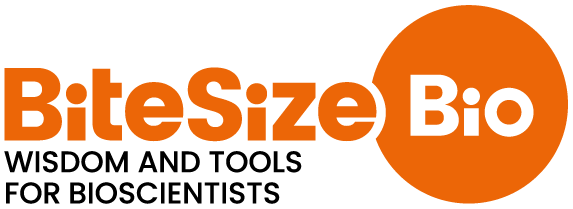
Dr. Thomas Warwick
Content Creator, Bitesize Bio
Appears in 32 Episodes
Hepatocyte Counting Methods: From Manual Counts to Fast, Accurate Automation
#115 — Hepatocytes are liver cells that are essential for its function. They are also essential for certain branches of drug testing and diagnostics.However, they have...
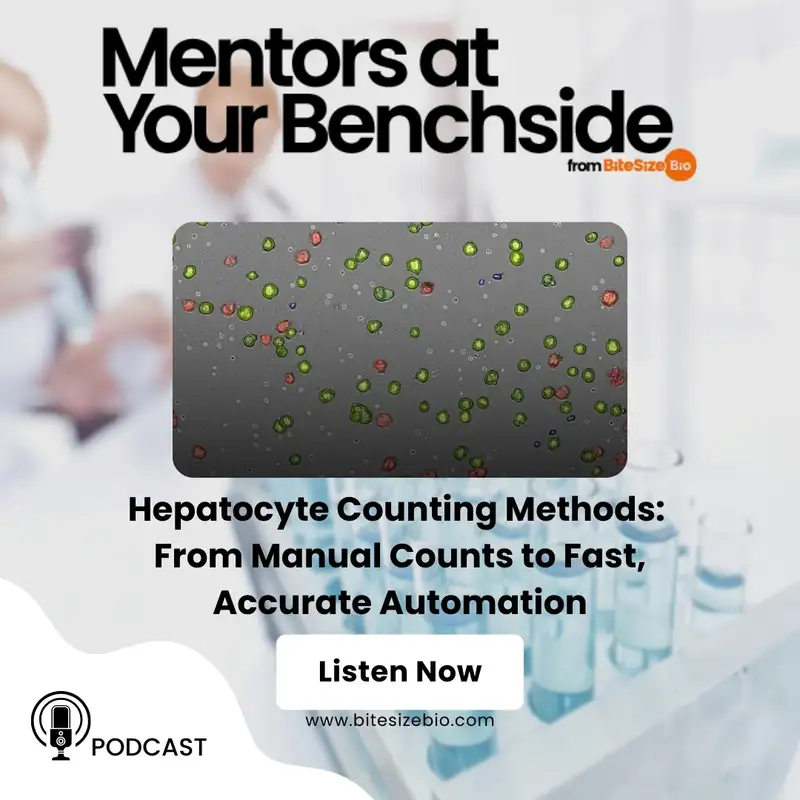
Single Cell Sequencing: Tips to Optimize Nuclei Extraction and Counting
#114 — High-quality nuclei extraction is pivotal for many genetic and epigenetic studies, including single cell RNA-seq to describe transcriptomic profiles and gene ex...
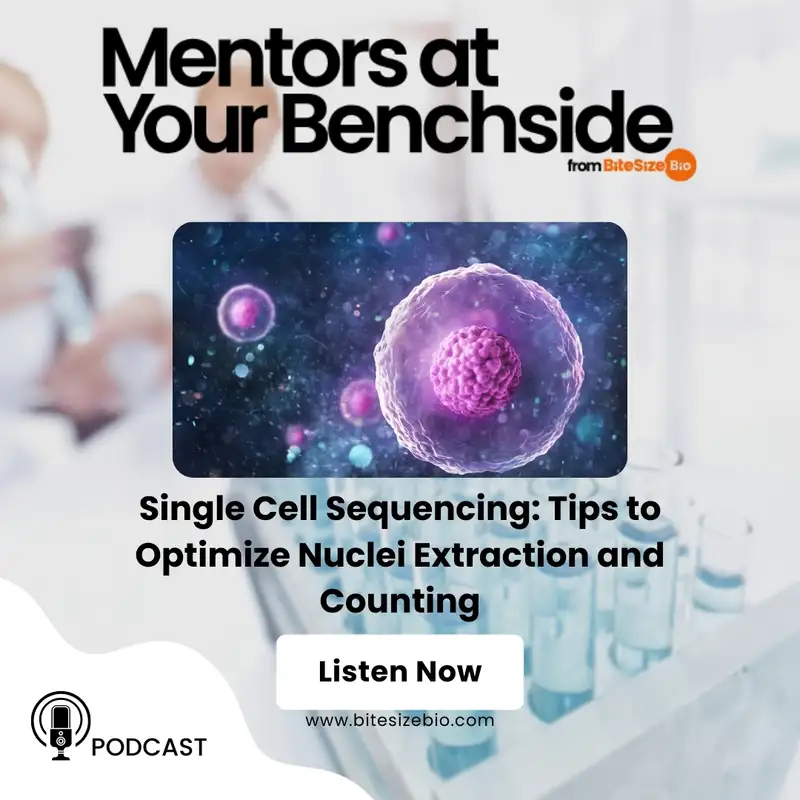
4 Fixatives for Histology and Cytometry: Perfect Your Preservation
#108 — What should you use to fix your cells? Alcohols or aldehydes? Gluteraldehyde or formaldehyde? And how long will your cells stay fixed?This episode explains the ...
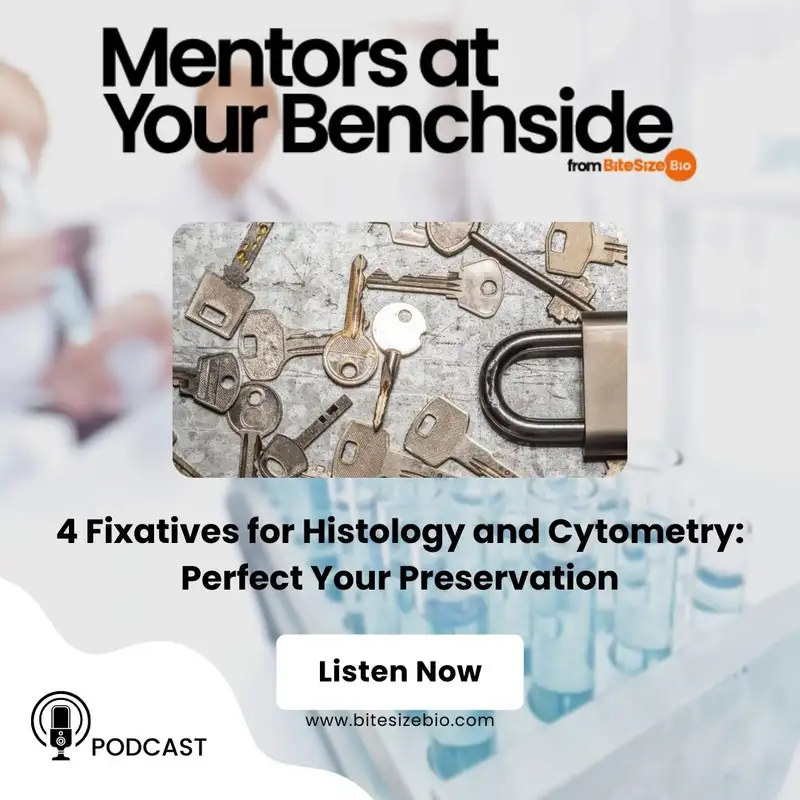
Microscope Disinfection: A Quick Guide
#107 — Need to give your microscope a quick clean to get rid of some grime but unsure what cleaning agent to use? Have you had a nasty sample on there recently and nee...
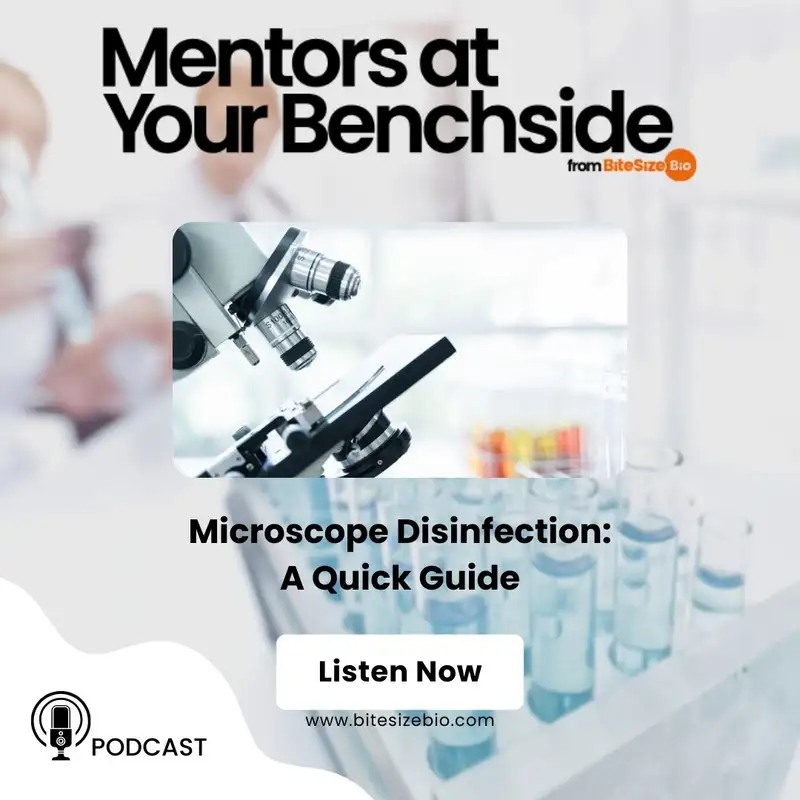
Multiple Fragment Ligation: The Why and How
#105 — You may be familiar with standard single fragment ligations: insert, vector, ligase—done! But what if you have a complex cloning project with a massive region o...

Confocal Laser Scanning Microscopy Explained In 3 Easy Steps
#102 — Fluorescence microscopy images not only look great but also allow us to get a better understanding of cells, structures, and tissues. And confocal laser scannin...

5 Types of Difficult Lab Supervisor and How to Handle Them
#100 — Science attracts so many different and quirky personalities that you are bound to have some people you just don’t get along with. Conflicts happen, and there ar...

What Reagents Can You Use Past Their Chemical Expiry Date?
#98 — Our labs can contain thousands of chemicals, many of which will be past their given expiry date and many of which are expensive to buy and replace. Replacing the...

Genetic Variants Explained
#91 — Genomes are complex and encode a vast quantity of information. One of their key features is genetic variants—aberrations in the genetic sequence, usually in the ...

Simplicity in Science: How to Increase your Research Effectiveness by Doing Less
#89 — "Achieve more by doing less" sounds like a piece of cheap advice, but there is a lot of wisdom in it. Research is complicated. You must choose the best questions...

How to Passage Cells in Culture
#85 — Working with living cells is a tricky business, and tiny fluctuations in environmental conditions can affect their physiology and impact your experiments. Or wor...

3 Easy Tips for Avoiding Measurement Drift in Analytical Balances
#84 — Every experiment starts by preparing some buffer solutions. And every buffer solution starts with weighing out some compounds on an analytical balance. But these...

All About the qPCR Standard Curve: The Key to Good PCR Data
#73 — PCR is a fundamental technique all biologists rely on, and, for qPCR, we can construct a standard curve that tells us how good or bad our primers are.In this epi...

How Histology Slides Are Prepared
#71 — A good histology slide can give you beautiful, revealing microscope images of your precious tissue samples. But what goes into preparing slides for histology? Wh...

6 Laboratory Sterilization Methods and How They Work
#70 — Sterilization is a critical technique in the biology lab. It keeps your cell lines free from contamination, allows safe disposal of used items, and prevents brea...

Types of Digital Images for Stunning Science Publications
#69 — Figures are a fundamental way to communicate science and are essential components of journal articles. In this episode, learn the differences between vector and ...

5 Controls for Immunofluorescence: A Beginner’s Guide
#68 — Controls are fundamental to getting meaningful data. Especially in long, drawn-out experiments like immunofluorescence imaging. In this episode, we explain 5 typ...

What is Water of Crystallization? Everything You Need to Know
#67 — What are those mysterious extra water molecules at the end of some chemical names? Do they matter to your experiments? And what should you do when they aren't wa...

How To Make ECL Reagent: 4 Ingredients, Better Blots
#64 — Like many experiments, doing a Western blot typically means comparing half a dozen online protocols, failing completely, triple-checking the recipes of your more...

3 Hot Tips to Optimize Your Western Blot Transfers
#63 — Are you fed up with Western blots that look like your pen leaked in your pocket? We all are. That's why we've put together our three favorite tips for better Wes...

